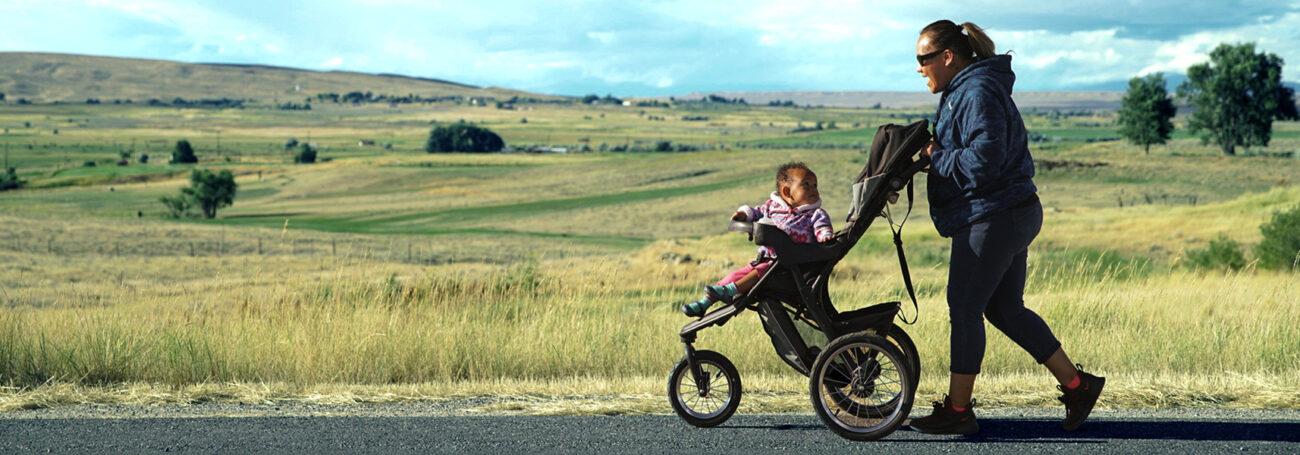Indigenous-Led Organizations
Data in this profile represent Indigenous-led organizations implementing Attachment and Biobehavioral Catch-Up, Early Head Start Home-Based Option, Family Check-Up, Family Spirit, Healthy Families America, Maternal Infant Health Program, Nurse-Family Partnership, Parents as Teachers, and SafeCare Augmented. Nationwide, 168 Indigenous-led organizations implemented at least one of these models.
Race
Data not available
Ethnicity
Data not available
Caregiver Education
Data not available
Child Age
Data not available
Child Insurance Status
Data not available
Primary Language
Data not available
Potential Beneficiaries
Nationally, there were 399,400 American Indian and Alaska Native pregnant women and families with children under 6 years old not yet in kindergarten who could benefit from home visiting. These families included 508,800 children.
508,800 children could benefit from home visiting
Of the 508,800 children who could benefit —
399,400 families could benefit from home visiting
The NHVRC estimated the percentage of families who met the following priority criteria:
- Child <1 19%
- Single mother 30%
- Parent with no high school diploma 7%
- Pregnant woman or mother <21 3%
- Low income 21%
Of the 399,400 families who could benefit —
54% of families met one or more priority criteria
19% of families met two or more priority criteria
